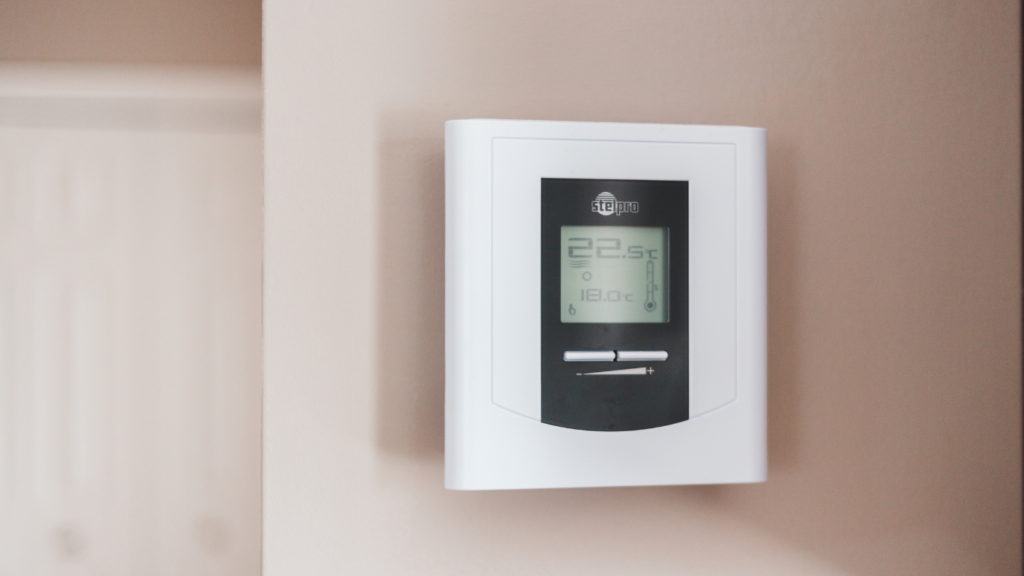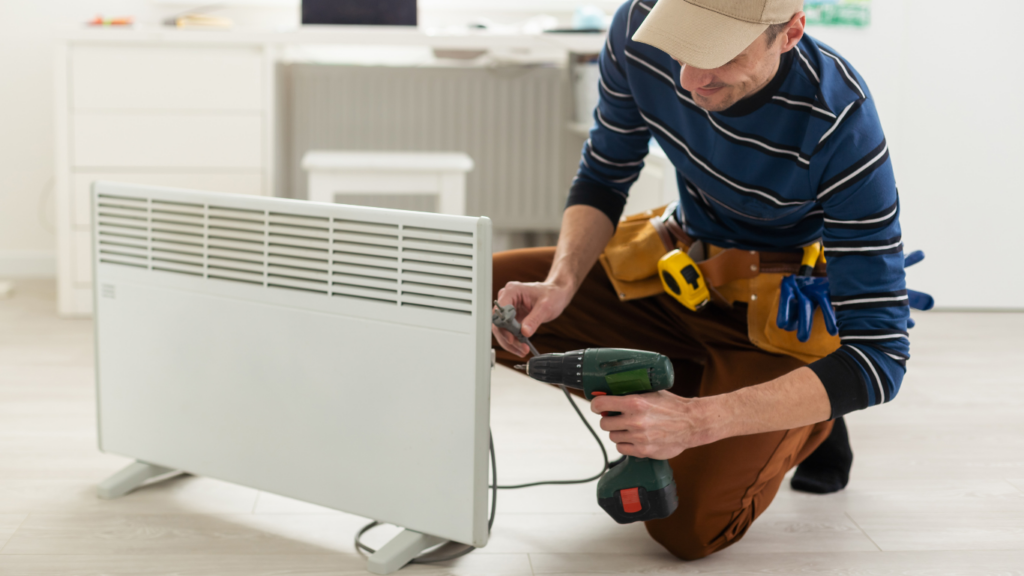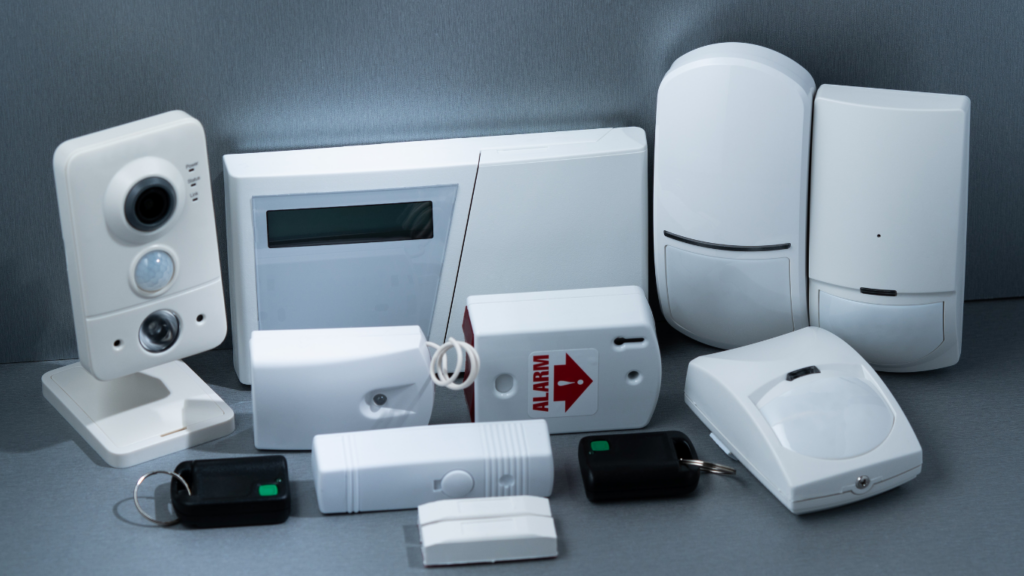Understanding Smart Thermostats
Smart thermostats offer advanced features that help users manage home temperatures efficiently. These devices connect to Wi-Fi, allowing remote control through smartphone apps or voice commands.
Features of Smart Thermostats
- Remote Access: Control the thermostat from anywhere using a smartphone. Examples include adjusting the temperature while at work or on vacation.
- Learning Capabilities: Some models, like the Nest Learning Thermostat, adapt to the user’s schedule by learning preferences over time.
- Energy Reports: Monthly reports detail energy usage. This information helps users identify patterns and save energy.
- Geofencing: Automatically adjusts temperature settings based on the user’s location. The thermostat switches to energy-saving mode when everyone leaves the house.
Compatibility and Installation
Smart thermostats need compatibility with the existing HVAC system. Always check the wiring and the voltage requirements before purchase. Some models require a C-wire for consistent power.
Integration with Smart Home Systems
Smart thermostats often integrate with other smart home systems and devices, such as Amazon Alexa or Google Assistant. This integration enhances automation, enabling voice control and synchronization with other smart devices.
- Energy Savings: Reduce energy consumption by setting schedules and using eco-friendly modes.
- Enhanced Comfort: Precisely control home temperatures, ensuring comfort without constant manual adjustments.
- Convenience: Easily manage temperatures and settings remotely or through voice commands.
Understanding these features, installation requirements, and benefits can help users maximize their smart thermostats’ potential, leading to a more comfortable and energy-efficient home.
Installation Tips

Proper installation ensures your smart thermostat operates efficiently. Follow these tips to get the most out of your device.
Choosing the Right Location
Position the thermostat in a central location to accurately assess your home’s temperature. Avoid placing it near windows, doors, or direct sunlight, as these can skew readings. Ensure the thermostat is at eye level, roughly 5 feet from the floor, for easy access and accurate sensing.
Configuring Initial Settings
Once installed, configure the initial settings for optimal performance. Connect the thermostat to your Wi-Fi network for remote access and updates. Set a schedule that aligns with your daily routine, using features such as learning capabilities to adjust temperatures based on your habits. Enable geofencing if available, so the thermostat adjusts when you leave or return home, enhancing both comfort and energy efficiency.
Optimizing Energy Efficiency
Scheduling Temperature Changes
Smart thermostats offer scheduling features to manage temperature changes. Set a lower temperature when you’re asleep or away and a higher one when you’re active at home. Create schedules based on daily routines to reduce energy usage. For example, you might set the temperature to 68°F during the day and lower it to 60°F at night in winter. During summer, adjust the settings to 78°F when you’re home and 85°F when you’re away. Constantly tweaking the temperature manually wastes energy. Automated schedules keep the home comfortable without constant adjustments.
Utilizing Geofencing Features
Smart thermostats use geofencing to adjust based on your location. Enable geofencing to automatically lower energy use when you leave and resume optimal settings as you return. By creating a virtual boundary around your home, the thermostat communicates with your smartphone to track proximity. For instance, if you leave a 5-mile radius, the thermostat can switch to an energy-saving mode. On re-entering this zone, the device returns to pre-set comfort settings. Effective use of this feature ensures efficient energy management without manual intervention.
Enhancing Home Comfort
Smart thermostats can significantly improve home comfort when used correctly. Let’s explore ways to customize temperature zones and integrate with smart home devices to optimize comfort.
Customizing Temperature Zones
Customizing temperature zones provides greater control over home environments. Many smart thermostats support multi-zone control. This feature allows designating specific temperatures for different areas of the house. For instance, cooler settings in bedrooms during the night, while maintaining a warmer environment in the living room. Custom temperature zones can accommodate various preferences, ensuring everyone’s comfort.
Smart thermostats with remote sensors can facilitate custom zones. These sensors detect temperature and occupancy, relaying data to the thermostat. This capability ensures efficient heating and cooling based on actual room conditions. Proper placement of these sensors enhances their effectiveness. Install sensors in frequently used rooms for optimal results.
Integrating with Smart Home Devices
Smart thermostats seamlessly integrate with other smart home devices. Connecting the thermostat to systems like Amazon Alexa, Google Assistant, or Apple HomeKit enables voice control. Voice commands offer convenience, especially when adjusting settings on the go.
Pairing the thermostat with smart lights and blinds can also enhance comfort. For example, setting lights to dim when temperatures rise reduces heat production. Automating blinds to close during peak sunlight hours helps maintain cooler indoor temperatures. These integrations create a harmonious environment, making home management more intuitive.
Energy usage is another area benefiting from integration. Smart home ecosystems can generate comprehensive energy reports. These reports provide insights into household energy consumption patterns. Using this data to make informed adjustments improves efficiency and comfort.
By customizing temperature zones and integrating smart home devices, enhancing home comfort becomes effortless.
Maintenance and Troubleshooting
Maintaining your smart thermostat ensures its optimal performance. Addressing common issues keeps your home comfortable and your device efficient.
Regular Software Updates
Regular software updates enhance your smart thermostat’s functionality. Always update the firmware to access new features and bug fixes. Check for updates in the app or device settings. Scheduled updates prevent security vulnerabilities and system inefficiencies. Examples include improved energy-saving algorithms and compatibility with new smart home devices. Enable automatic updates if available.
Common Issues and Solutions
Common issues with smart thermostats include connectivity problems, incorrect temperature readings, and unresponsive screens.
- Connectivity Problems: Wi-Fi connection drops often disrupt thermostat functions. Reconnecting the device to your network usually resolves this. Place the thermostat closer to the router or use a Wi-Fi extender.
- Incorrect Temperature Readings: Inaccurate readings often result from sensor malfunctions. Ensure sensors are clean and not obstructed. Relocate the thermostat if placed near drafts or sunlight.
- Unresponsive Screens: A frozen screen often indicates software or power issues. Restart the thermostat by removing and reinserting its batteries or resetting the power. If the problem persists, contact customer support.
Performing regular maintenance and addressing these common issues keeps your smart thermostat functioning efficiently, ensuring a comfortable home environment.





